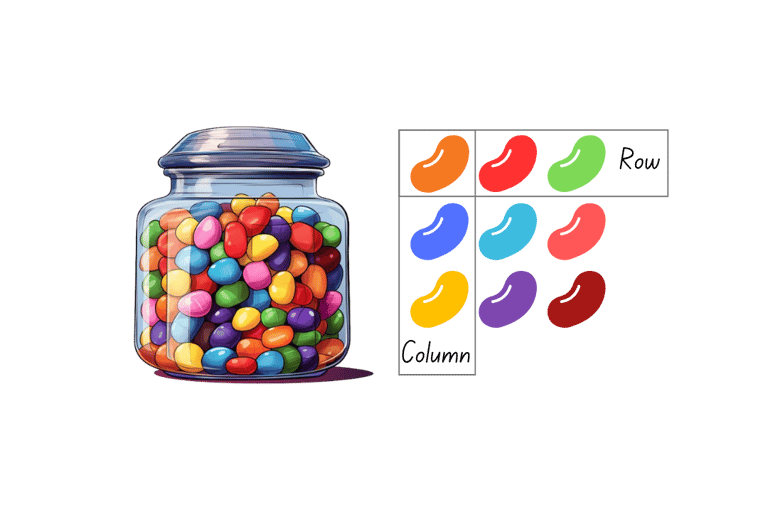Second-Guessing and the Stock Market
Market is sometimes collectively inefficient
NOTES
Md Nazmus Sakib
11/3/20241 min read
When Joel Greenblatt was asked to explain the stock market to a ninth-grade class, he brought a big jar of jellybeans. He asked the class how many jelly beans they thought were in the jar. He gave each student a three by five card and told them to use whatever method they would like to use without discussing it with other students.
Students tried to figure out how many rows and columns were there and came up with a reasonable figure from their observation.
Students wrote down their best guesses on the three by five cards and submitted them to Joel. Joel moved around the class and asked them about their best guesses. Students had the option to change their answers, and everyone could hear everyone's answers. Many students revised their guesses.
So, what was the result of the test? Average guess from the first submission through three by five cards was 1,771 jellybeans, and there were 1,776 jellybeans in the jar, so that was pretty good. When Joel moved around asking and students revised their guesses, the average changed to 850 jellybeans. Joel revealed to students that the stock market has this inefficiency. When they were objective and independent, their guess was much better. When they listened to others and started second-guessing based on what the next person was saying, they moved away from objective evaluation, and their guess diverged far from reality.




